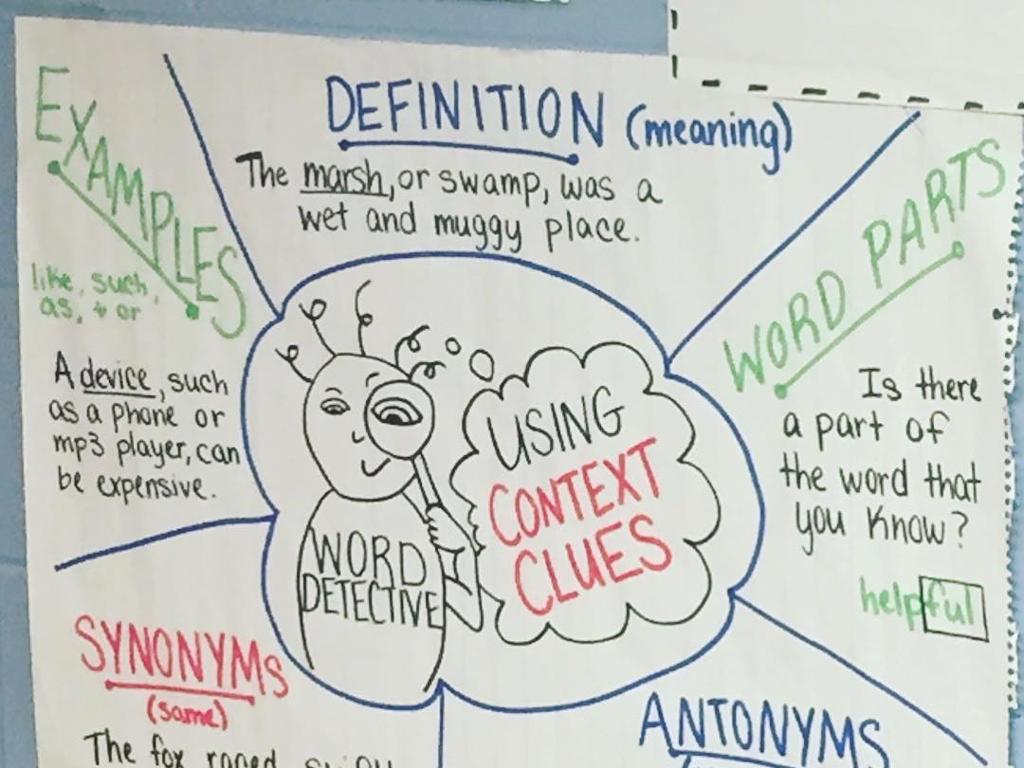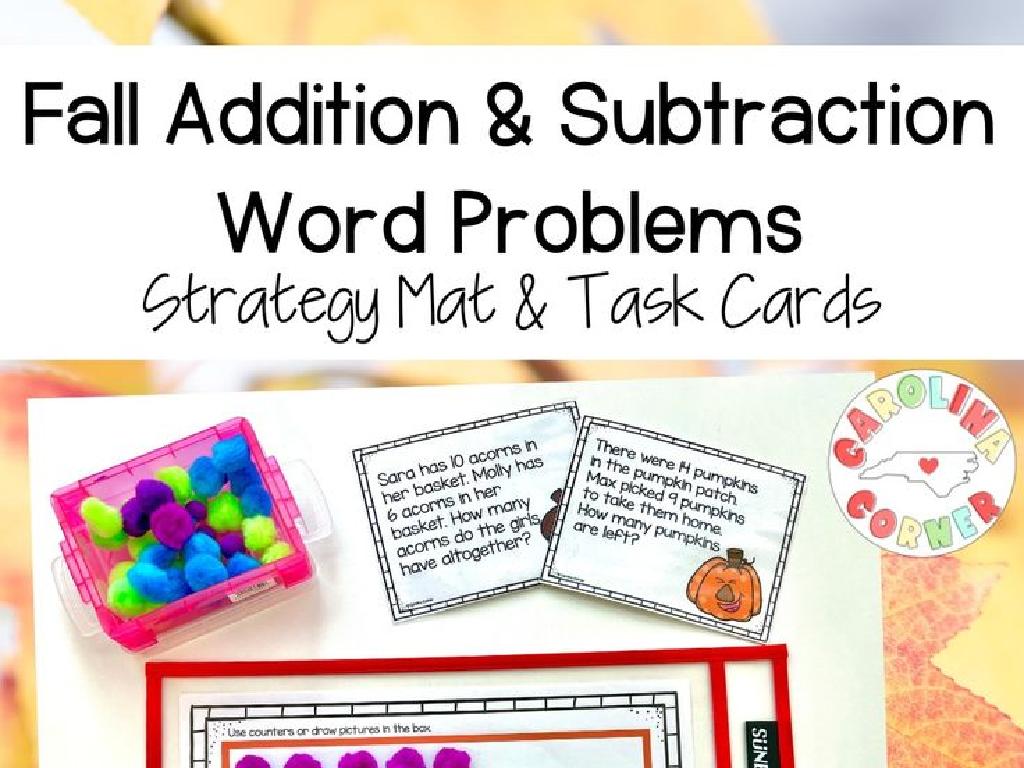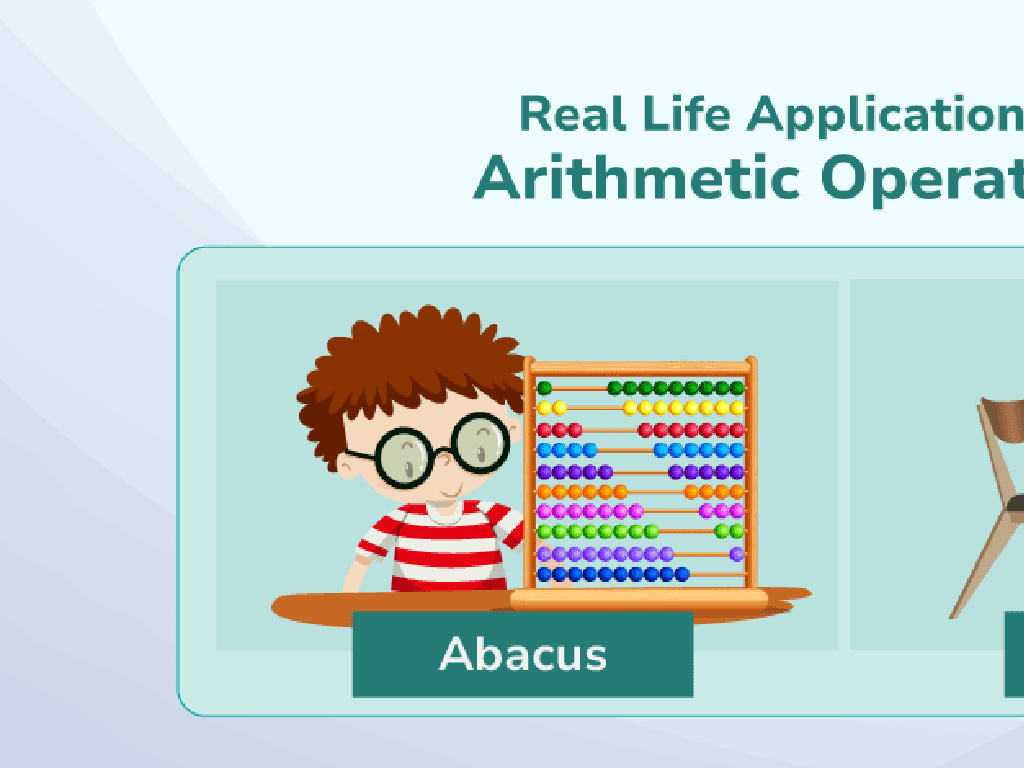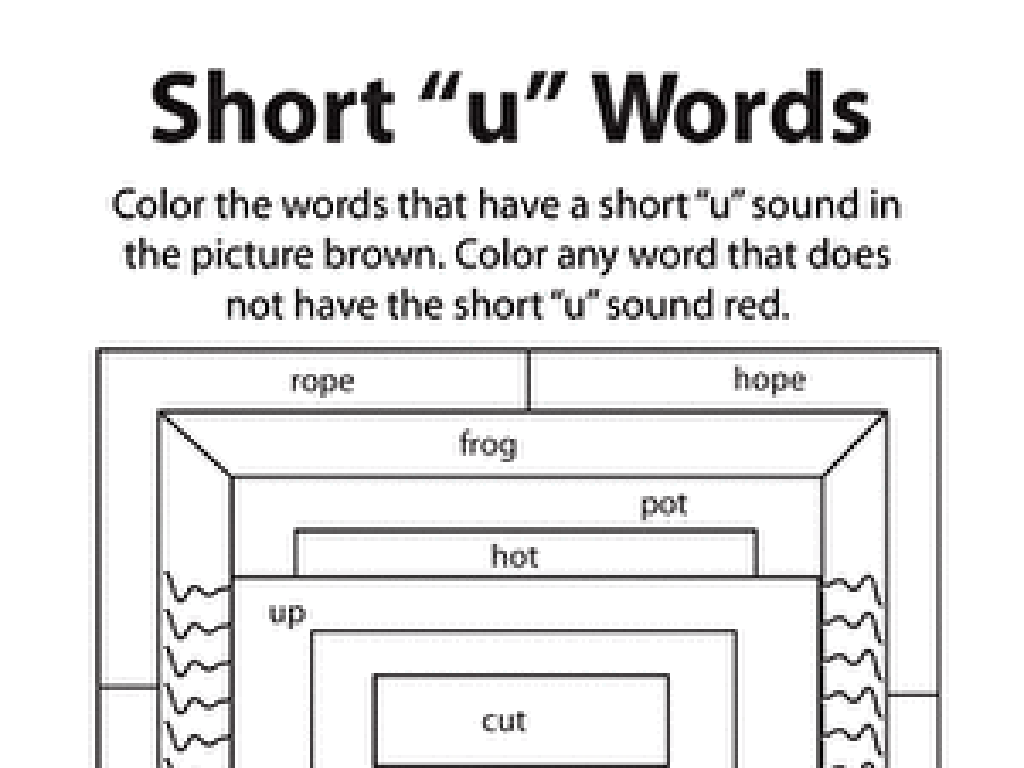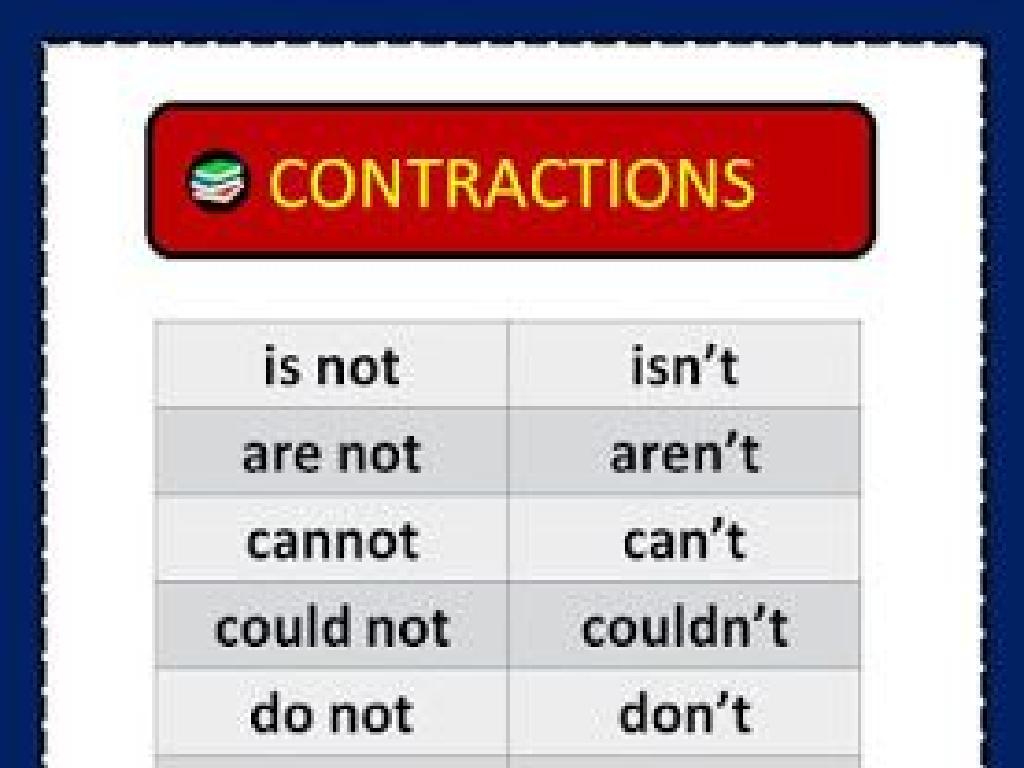Who Is Telling The Story?
Subject: Language arts
Grade: Kindergarten
Topic: Point Of View
Please LOG IN to download the presentation. Access is available to registered users only.
View More Content
Welcome to Story Time!
– What is a story?
– Stories have tellers
– Like when mom or dad reads to you
– Different tellers, different views
– A story can change depending on who’s telling it
– Let’s listen to a story!
|
This slide introduces the concept of storytelling to kindergarteners. Begin by asking the class what they think a story is to engage them in conversation. Explain that stories are like adventures in a book and can be told by different people, such as their parents, teachers, or even themselves. Highlight that depending on who tells the story, it can sound a little different because everyone has their own way of telling it. This sets the stage for understanding the point of view. Conclude by saying that we will listen to a story together and try to guess who is telling it. This activity will help them grasp the idea of ‘narrator’ in a simple and interactive way.
Understanding Point of View
– What is point of view?
– It’s who tells the story to us
– Storyteller inside the story
– Like a character in the book
– Storyteller outside the story
– Like a narrator who knows all
– Recognizing the storyteller
– We can guess who by listening
|
This slide introduces the concept of point of view to Kindergarten students. Begin by explaining that point of view is the perspective from which the story is told. It can be a character within the story, which is often called first-person point of view. Alternatively, the story might be told by someone outside the story, like a narrator who knows everything about the characters and events, which is known as third-person point of view. Use simple language and familiar stories to illustrate these concepts. Encourage the children to think about who is telling the story when they listen to a story or read a book. Ask them to identify clues that might indicate whether the storyteller is a character in the story or an outside narrator.
Who’s Telling the Story? First Person Point of View
– ‘I’ or ‘me’ means First Person
– The character speaks to us
– Imagine the story character is a friend talking to you
– Listen for ‘I’ or ‘me’ in a story
– We’ll practice listening carefully
– Can we spot the First Person?
|
This slide introduces the concept of First Person Point of View to Kindergarten students. It’s important to explain that when they hear ‘I’ or ‘me’ in a story, it’s as if the character is having a conversation with them. Use a familiar story or a short passage to illustrate this point of view. As you read, emphasize the words ‘I’ and ‘me’ to help students identify the perspective. After the reading, engage the students by asking if they heard ‘I’ or ‘me’ and discuss how it helps them know who is telling the story. Encourage them to share their thoughts and feelings about the character speaking directly to them.
Understanding Third Person Point of View
– ‘He’, ‘she’, ‘they’ tells it’s Third Person
– Someone else narrates the story
– The narrator is not a character in the story
– Let’s find ‘he’, ‘she’, ‘they’ in a story
– We’ll listen for these words as clues
– Listening activity: Identify the narrator
– We’ll listen to a story and point out the words
|
This slide introduces the concept of the third person point of view to Kindergarten students. It’s important to explain that when a story uses words like ‘he’, ‘she’, or ‘they’, it means the story is being told by someone who is not in the story, like an outside observer. Use a simple and engaging story for the listening activity, and pause after sentences that use ‘he’, ‘she’, or ‘they’ to reinforce the concept. Encourage the children to listen carefully and raise their hand or use a signal when they hear these words. This will help them understand how the narrator’s perspective shapes the way a story is told.
Listening to Stories: Who’s Talking?
– Listen to two short stories
– First story is ‘I’ or ‘me’ story
– When the story uses words like ‘I’ or ‘me’, it’s the First Person
– Second story talks about ‘he’, ‘she’, ‘they’
– Third Person stories are told using names or ‘he’, ‘she’, ‘they’
– Guess who tells each story
|
This slide is designed to introduce Kindergarten students to the concept of narrative perspective. Start by explaining that stories can be told by different ‘voices’. Play two distinct stories, one narrated in the first person, using ‘I’ or ‘me’, to indicate that the narrator is a character in the story. The second story should be told in the third person, using names or pronouns like ‘he’, ‘she’, or ‘they’, indicating the narrator is outside of the story. After listening, engage the students in a discussion to identify who is telling each story. This activity will help them understand the difference between first and third person narratives in a fun and interactive way.
Who Is Telling the Story?
– We’re story detectives
– Finding clues in the story
– Words in the story help us guess who is speaking
– ‘I’ means the story is in First Person
– When the storyteller talks about themselves
– ‘He’, ‘she’, ‘they’ means Third Person
– When the storyteller talks about others
|
In this slide, we introduce the concept of identifying the narrator in a story. Encourage the children to listen carefully to the story as if they are detectives looking for clues. Explain that the words used in the story can tell us who is speaking. ‘I’ indicates that the story is being told by a character in the story (First Person point of view). When words like ‘he’, ‘she’, or ‘they’ are used, it means the story is being told by someone outside the story (Third Person point of view). Use simple and familiar stories to illustrate these points, and ask the children to practice identifying the storyteller with guidance.
Storyteller Charades Game
– Let’s play Storyteller Charades!
– Some friends will act out a story
– Remember, they use actions, not words
– No talking during the charade
– Guess if it’s First Person or Third Person
– Is the storyteller in the story or telling about others?
|
This class activity is designed to help Kindergarten students understand the concept of narrative perspective in a fun and interactive way. Before starting the game, explain the difference between First Person (I, me, my) and Third Person (he, she, they) perspectives. During the charades, select a few students to act out a story using gestures and actions without speaking. The audience will guess whether the silent actor is portraying a character within the story (First Person) or narrating the story from the outside (Third Person). Prepare a list of simple story scenarios for the actors. Encourage the audience to pay attention to the body language that might indicate the point of view. After each round, discuss why they thought it was First or Third Person. This activity will help students grasp the concept of point of view in storytelling.
Celebrating Our Story Detectives!
– Congratulations on learning Point of View!
– Identifying the storyteller in books
– Remember, the person telling the story is very important.
– Clap for yourselves, super story detectives!
– A big clap for all your hard work!
– Ready to find more storytellers in new stories?
– Keep using your detective skills in every story you read.
|
This slide is meant to congratulate the students on their hard work in understanding the concept of Point of View. It’s important to reinforce their learning by acknowledging their ability to identify the narrator in a story. Encourage the children to celebrate their achievement with a round of applause, fostering a positive learning environment. Remind them that the skills they’ve learned are not just for this lesson but for every story they encounter. This will help them become more engaged readers. As they continue to read, they will become even better at detecting who is telling the story, just like detectives on a case.

